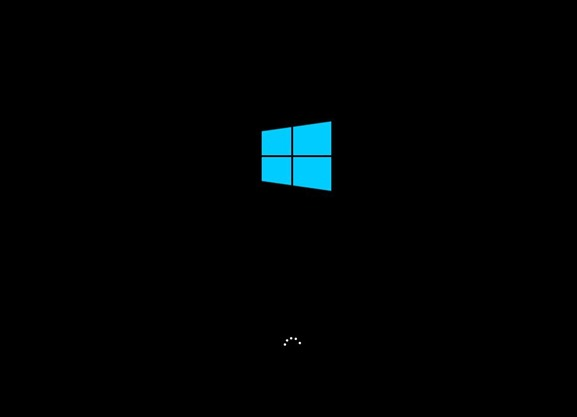
Hardware Upgrades
The easiest, though often most expensive, method to boost your PC’s performance is by upgrading the hardware. One of the most impactful upgrades you can make is adding a Solid State Drive (SSD). Unlike traditional mechanical Hard Disk Drives (HDDs), SSDs have no moving parts and offer read and write speeds that are significantly faster. Opting for an NVMe SSD can further enhance speed, as these drives utilise a faster interface than the standard SATA protocol.
Another effective upgrade is increasing your system’s Random Access Memory (RAM). Windows itself requires at least 2GB of RAM just to run, and the more startup services and applications you have, the more RAM you’ll need. Finally, upgrading your CPU or motherboard can also improve performance, though this is usually not possible on laptops.
If your PC suddenly becomes much slower, it might be a sign of a failing hard drive. A failing drive can be unpredictable and could stop working entirely at any moment. Be sure to back up all your important data!
Software Optimisation
If you’ve already upgraded your hardware or want to maximise your current setup, optimising your software is the next step. Windows often comes with many preinstalled programs that you don’t need, especially if you purchased your PC from a major retailer or directly from the manufacturer. This “bloatware” can slow down your system, and it’s best to remove it.
Resolving 100% Disk Usage on Startup
A common issue with Windows 8 and 10 is that disk usage can spike to 100% during the first 15 minutes after startup. You can check this by opening the Task Manager (press CTRL + Shift + Esc). To reduce this disk usage, follow these steps:
- Press
Windows + Rto open the Run prompt. - Type
services.mscand press Enter. - Locate the services Superfetch and Windows Search.
- Right-click on each service and select Properties.
- In the Startup type dropdown, select Disabled.
- Click Stop to halt the service, then click OK.
These services are used by Cortana and Windows Search to index files on your disk, often leading to high disk usage at startup.
Managing Startup Applications
The more applications you have installed, the more services might be running at startup—many of which you don’t need immediately. To check and disable unnecessary startup applications:
- Open Task Manager (
CTRL + Shift + Esc). - Click on the Startup tab.
- Review the applications with the highest startup impact and disable unnecessary ones by right-clicking and selecting Disable.
Chrome, Skype, Cleaning Tools and Anti-virus
Chrome and Skype are known for consuming significant resources. Here’s how to adjust their settings to reduce their startup impact:
For Chrome:
- Open Chrome and click the menu icon in the top right (three dots)
- Go to Settings, then Advanced Settings
- In Privacy, deselect “Use a prediction service to load pages more quickly”
For Skype, Cleaning Tools, and Antivirus:
- Check their settings to ensure they aren’t set to start automatically when Windows boots.
Adjusting Pagefile Settings
The pagefile in Windows functions as virtual memory, using hard drive space when your RAM is full. Tweaking these settings can sometimes improve performance, though it’s a step to take with caution, as it can cause issues with certain programs.
- Right-click on the Start menu and select System.
- Go to Advanced system settings.
- In the Advanced tab, click Settings under the Performance section.
- Click on the Advanced tab again and then Change… under the Virtual Memory section.
- Uncheck Automatically manage paging file size for all drives and select Custom size.
- Set the initial size to 1024 * your installed RAM (in MB) and the maximum size to 2 * the initial size.
For example, if you have 4GB of RAM, the initial size would be 1024 * 4 = 4096 MB and the maximum size would be 4096 * 2 = 8192 MB.
Note: This adjustment can sometimes cause problems with applications or games. If you experience crashes, revert the settings back to default.
Conclusion
By following these hardware and software suggestions, you can significantly speed up the startup time and overall performance of your Windows 10 (or 8) system. Whether you’re upgrading components or optimising settings, these tips should help your PC run more smoothly.